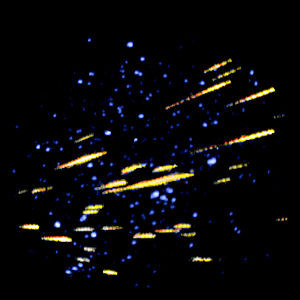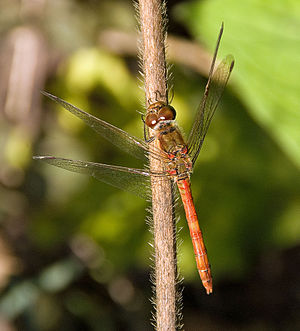 Article from the honeybeeconservatory.org
Article from the honeybeeconservatory.org As the trees finally shed their leaves and our thoughts turn to wintery pleasures and indoor activities, it’s easy to forget about the honey bee. After all, our busy little friends are hibernating out of sight and mind at this time of year. But before the ground freezes, and even over winter, there are still some favors we can do for these important pollinators to support them in their environment when they emerge next year.
In the early part of the growing season, flowers and their nectar are relatively scarce – this is also true in very late summer and fall. Nature provides bees with food in their environment of course, but in many areas, native plants have been reduced or eliminated as humans have encroached upon and altered natural habitats. Some introduced and hybridized plants do provide food for bees, but unfortunately, many gardeners favor double-flowered, exotic plants that are more difficult for pollinators to access. Most wild, indigenous plants have open, easy-access flowers, making them more attractive and desirable to honey bees.
So how do you choose shrubs to support bees and integrate these plants into your landscape? Learning a little bit about the plants native to your region is a good place to start, and education can take place at any time of the year. There are a number of good books and field guides written on the subject of native, North American plants.
Many of these titles are available in local libraries and universities.
Some of the best guide books include both photos and detailed information about the required growing conditions of native plants, and their hardiness ranges. William Cullina’s beautiful book, Native Trees, Shrubs and Vines
In addition, many states have helpful native plant societies.
Try Googling your state name followed by the phrase “Wildflower Society”
or “Native Plant Society”. These sites will often list plants, including shrubs, native to your area. When visiting nurseries and garden centers, ask about native plants. The more we ask retailers for native plants by name and buy them, the more likely they will be to continue ordering them and keeping them on hand. All of these actions will help support the honey bee, and the environment as a whole.
Summersweet, (Clethra alnifolia 'Ruby Spice'), is a native shrub, providing easily accessed, late-season pollen for the honey bee.
ⓒ 2010 Michaela at TGE














